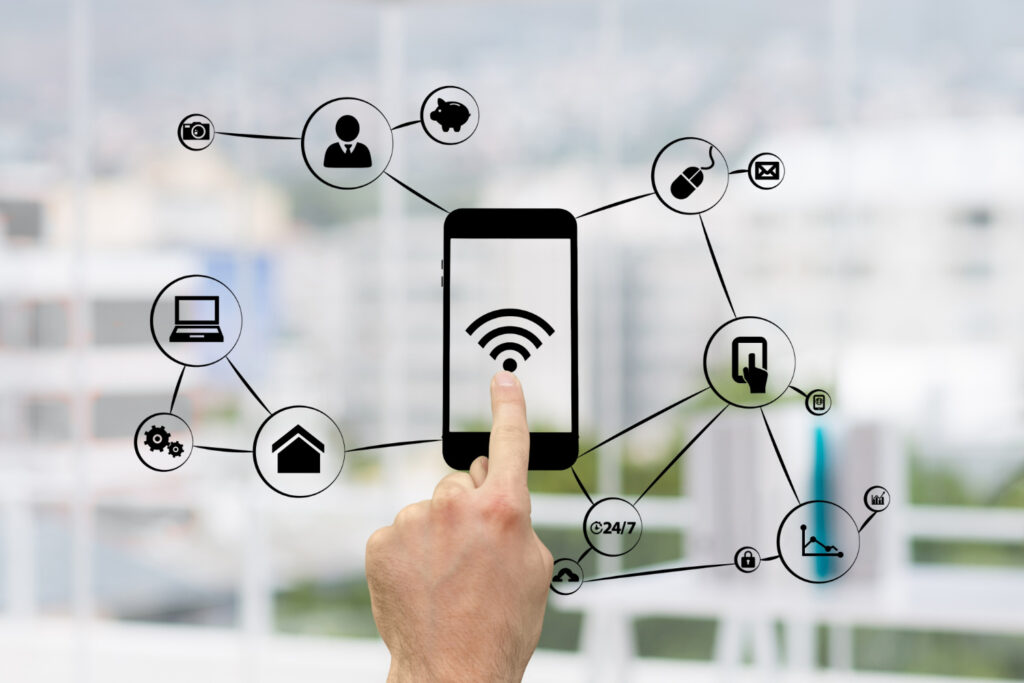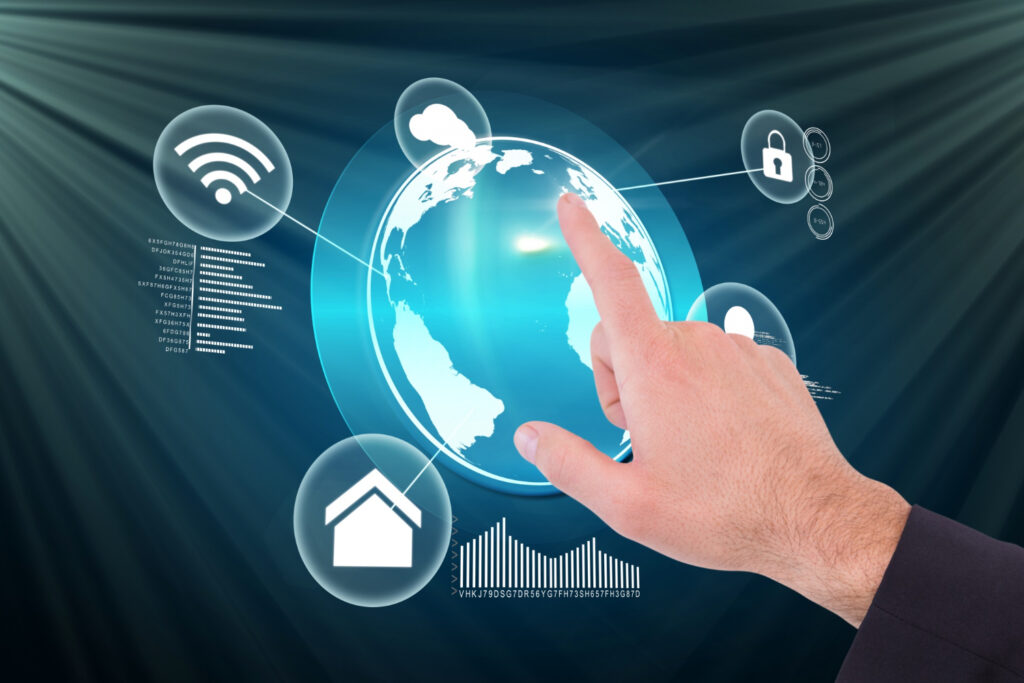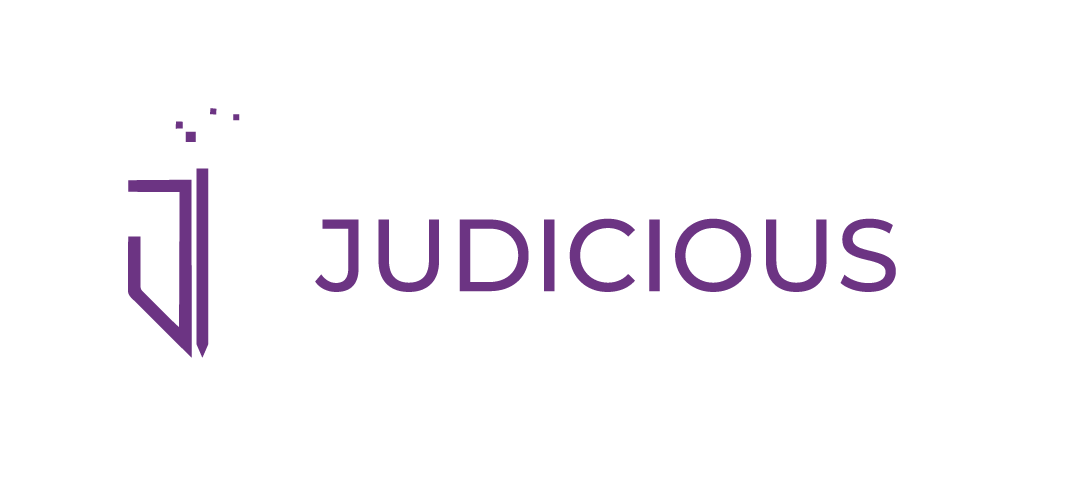Introduction to the Internet of Things
The Internet of Things (IoT) is transforming the way we interact with technology, bridging the gap between the physical and digital worlds. IoT refers to the interconnected system of devices, sensors, and software that communicate and exchange data over the internet. From smart homes and cities to industrial automation, IoT is driving innovation across all sectors.

The Rapid Growth of IoT: A Data Revolution
IoT adoption is growing at an unprecedented rate. By 2030, it is estimated that over 50 billion IoT devices will be in operation, generating massive amounts of data. This explosion of data is fueling advanced analytics, artificial intelligence, and real-time decision-making. Businesses are leveraging IoT to improve operational efficiency, reduce costs, and enhance customer experiences.
Key Statistics and Projections
- Global IoT Market Size: Expected to reach $1.6 trillion by 2025.
- IoT Devices Growth: Increasing at a CAGR of 26% annually.
- Data Generation: IoT devices will produce over 79 zettabytes of data annually by 2025.
Applications of IoT Across Industries
Smart Homes: Redefining Convenience
Smart home technologies like Amazon Alexa, Google Nest, and smart thermostats are making life more convenient and efficient. These devices provide automation, energy savings, and enhanced security. IoT-powered appliances are learning user preferences, and creating personalized environments.
Healthcare: Revolutionizing Patient Care
IoT in healthcare is enabling remote monitoring, predictive diagnostics, and real-time health tracking. Wearable devices like smartwatches and connected medical equipment are enhancing patient outcomes while reducing hospital visits. IoT is also aiding in drug management and clinical trials.
Industrial IoT (IIoT): Enhancing Manufacturing
The Industrial Internet of Things (IIoT) is transforming manufacturing with technologies like predictive maintenance, supply chain optimization, and digital twins. By integrating IoT with AI and robotics, industries are achieving greater productivity, reducing downtime, and minimizing waste.
Smart Cities: Building Sustainable Futures
IoT is the backbone of smart cities, enabling intelligent traffic management, waste collection, and energy efficiency. By leveraging IoT sensors, cities are reducing carbon footprints, enhancing public safety, and improving the quality of urban life.
Emerging Trends in IoT
Edge Computing and IoT
Edge computing is addressing the limitations of centralized data processing. By processing data closer to IoT devices, latency is reduced, enabling real-time decision-making. This is particularly beneficial for critical applications like autonomous vehicles and healthcare.
AI Integration with IoT
Artificial Intelligence (AI) is amplifying the potential of IoT by enabling smarter data analysis, anomaly detection, and automation. AI-powered IoT systems are transforming industries by predicting equipment failures, optimizing operations, and improving user experiences.
5G Connectivity: A Catalyst for IoT Growth
The rollout of 5G networks is revolutionizing IoT by offering ultra-low latency, higher bandwidth, and reliable connectivity. This enables seamless communication between devices, paving the way for advancements in smart cities, autonomous vehicles, and remote operations.
IoT Security: A Growing Priority
As IoT expands, so do the security risks. Cyberattacks on IoT devices can compromise privacy, disrupt operations, and cause financial losses. Robust security measures, including encryption, authentication protocols, and blockchain technology, are critical to protecting IoT ecosystems.

Challenges in IoT Implementation
Interoperability Issues
The lack of standardization across IoT platforms and devices poses a major challenge. Ensuring seamless communication between devices from different manufacturers is crucial for IoT scalability.
Data Privacy and Security Concerns
The vast amounts of data generated by IoT devices raise concerns about privacy. Companies must adhere to strict data protection regulations and implement security measures to gain user trust.
Infrastructure and Cost
Deploying IoT infrastructure can be expensive, especially in developing regions. However, as technologies like 5G and edge computing become more accessible, these barriers are gradually being overcome.
The Role of IoT in Sustainability
IoT is playing a vital role in addressing environmental challenges. Smart grids, IoT-enabled agriculture, and energy-efficient buildings are reducing resource consumption and promoting sustainability. By optimizing processes, IoT is helping industries achieve green goals while boosting productivity.
The Future of IoT: What’s Next?
The future of IoT is promising and transformative. Key areas of growth include:
Autonomous Vehicles
IoT will be integral to the success of autonomous vehicles, enabling communication between vehicles, infrastructure, and traffic systems. This will enhance road safety, reduce congestion, and improve transportation efficiency.
Wearable Technology
Advancements in wearable IoT devices will revolutionize healthcare, fitness, and personal productivity. Future wearables will offer greater accuracy, extended battery life, and seamless integration with other IoT systems.
IoT in Space Exploration
Space agencies are leveraging IoT for monitoring spacecraft, conducting experiments, and exploring extraterrestrial environments. IoT technologies are making space exploration more efficient and data-driven.
Decentralized IoT Networks
Blockchain technology is paving the way for decentralized IoT networks, which will enhance security, reduce costs, and ensure data integrity.

Conclusion
The Internet of Things is more than just a technological trend; it is reshaping our world. From enhancing convenience in everyday life to driving innovation across industries, IoT holds immense potential. However, addressing challenges like security and standardization will be crucial to unlocking its full capabilities. As IoT continues to evolve, it will undoubtedly redefine how we live, work, and interact with the world around us.
FAQ’s
What is the Internet of Things (IoT)?
The Internet of Things (IoT) refers to a network of physical devices, sensors, appliances, and software that connect to the internet, enabling them to collect, exchange, and act on data.
How does IoT work?
IoT devices are equipped with sensors and software that gather data, which is transmitted over the internet to a central system or cloud. This data is then analyzed and used to automate processes or provide insights.
What is the role of 5G in IoT?
5G provides faster speeds, lower latency, and higher bandwidth, enabling real-time communication and supporting the deployment of advanced IoT applications, such as autonomous vehicles and remote healthcare.
How is IoT improving healthcare?
IoT is revolutionizing healthcare with applications like remote patient monitoring, wearable devices, predictive diagnostics, and connected medical equipment, which enhance patient care and reduce costs.
Is IoT secure?
IoT security is a major concern as connected devices can be vulnerable to cyberattacks. Measures like encryption, authentication protocols, and blockchain technology are essential to secure IoT ecosystems.
What is the future of IoT?
IoT’s future includes advancements in AI integration, edge computing, autonomous systems, and decentralized networks. It will also play a critical role in sustainability and space exploration.
How is IoT contributing to sustainability?
IoT technologies optimize energy consumption, reduce waste, and enable efficient resource management, such as smart grids, precision agriculture, and energy-efficient buildings.
How can businesses benefit from IoT?
Businesses use IoT to automate processes, improve decision-making with real-time data, enhance customer experiences, and optimize supply chains, ultimately driving growth and innovation.

